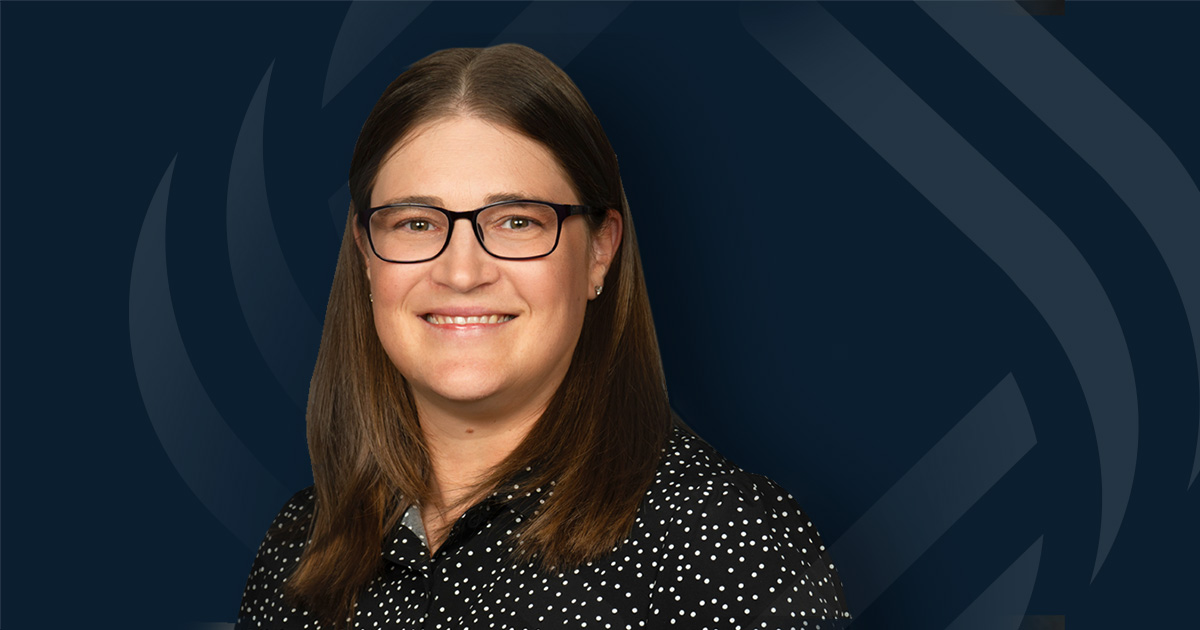Tell us a bit about your current role at Curi Capital.
As director of Advisory Services on the asset management team, I work closely with the asset management, business operations, and client advisory groups to ensure the firm’s views are shared with clients through investment content and client-ready investment solutions. My role involves coordinating across teams to bring investment strategies to our clients, overseeing the operational investment process, assisting with trading, and producing investment content to help keep our clients informed. I also work directly with our institutional advisory clients — including nonprofits, endowments, and foundations — providing investment advice, IPS development, and portfolio implementation, similar to how our wealth advisors serve private clients. I enjoy the collaborative nature of the role, which gives me broad exposure across the firm and a clear understanding of how our work impacts clients.
You’ve had an 18-year journey with the firm. What first brought you here, and how has your experience over the years shaped your career and perspective?
I first joined Curi Capital as an intern the summer before my senior year at Loyola. I’d applied for a wealth management role but also had the opportunity to interview with Chris Graff for an asset management research internship, and after learning more, I decided that asset management aligned more with my career aspirations and interests. I came back full time in 2007, right as the financial crisis hit. It was a wild introduction to market ups and downs, but what really stuck with me was how everyone at the firm came together to support clients —whether that meant preparing reports, making calls, hosting events, or sharing market insights.
“That kind of commitment is a big reason I’ve stayed with the firm so long. I see how the work we do truly makes a difference in our clients’ lives, and that shared dedication keeps us moving forward.”
Joining when the firm was still pretty small gave me the chance to advance my career by taking on different opportunities as the firm grew. Even though I’ve always worked in asset management, I’ve had the chance to grow and take on different roles as the firm evolved, acquired new businesses, and merged with Curi. I’m drawn to work that helps clients move closer to their goals. While my role is pretty analytical, I really value building relationships and hearing different perspectives. It keeps me grounded in the human side of this work.
What keeps you busy when you’re not in the office or focused on clients?
Outside of work, most of my time is spent with my husband and two kids, who are 10 and 7. Their sports and social schedules keep me busy, but I love just being with them, watching them grow, and having conversations. They’re genuinely hilarious. I also enjoy reading, and I recently picked up crocheting. It’s a great hobby for me because it’s structured and a bit mathematical, which really suits how I think. I’m also hoping to travel more as a family when my kids are a little older. My daughter has big dreams to go to France, so we might plan a trip for my 20-year sabbatical.
What topics are dominating conversations across the asset management team these days? How has your team managed through turbulent economic times this year?
Lately, a lot of our conversations have centered on generative artificial intelligence, both how we can use it internally and its potential as an investment opportunity. We’ve also been keeping a close eye on the shifting fiscal budget and the back-and-forth on tariffs, which adds to the overall uncertainty. Staying informed about what is happening here and globally and where investment opportunities lie is a constant focus. We’re thinking about how to position clients during this volatility and looking for small but strategic additions to portfolios like cloud computing or gold, as well as continuing to explore private market opportunities. On the operations side, we are updating systems to boost efficiency and become more agile so we can move quickly when good opportunities arise.
Tell us about the institutional clients that you work with. What are the needs and opportunities that make Curi Capital an effective partner for them?
Working with institutional clients like nonprofits, endowments, and foundations is different from private client advisory because these organizations tend to have a perpetual time horizon and usually operate through committees. This makes long-term goal setting the primary focus because they think in terms of market cycles over decades, with distribution requirements often based on rolling averages. That allows us to focus on long-term management while making tactical adjustments, such as recent shifts in fixed income strategies to take advantage of rising bond rates.
Our firm’s strengths in client service and investment management align well with these clients’ needs. We help with investment expertise, asset allocation, and Investment Policy Statement development. We use a similar foundational approach to private client advisory, adapting to meet each institutional client’s unique risk tolerance and limitations. We partner with client boards and committees as a co-fiduciary, offering ongoing oversight, institutional knowledge, and continuity as board members transition. This hands-on support and personalized attention give them confidence and a level of service that larger firms often can’t match.
Looking ahead, what shifts in client expectations or market trends are you watching as we head into 2026?
Looking ahead to 2026, we are focused on helping clients understand what the return environment might look like for the coming year, given continued volatility, bond yields, and stock valuations. The goal for us is to help manage risk amid the volatility while still capturing opportunities across asset classes.
On the market trends side, a number of events happened in the U.S. that are likely to have longer-term effects that we are watching and analyzing. The administration announced sweeping tariffs on global trading partners in April and passed a new budget bill in July. Extending the Tax Cuts and Jobs Act forms a central part of the budget bill, which impacts tax policy on individuals and corporations. Tariff revenues and Medicaid cuts are expected to offset some of the increased spending increases, but the Congressional Budget Office estimates that the bill is expected to add $3.3 trillion to the deficit over the next 10 years. We are going to be closely watching what this deficit increase subsequently means for bond yields and interest rates. We expect the volatility and uncertainty in markets to continue and believe investors should be prepared for a wide range of outcomes and consider new ways to diversify asset allocations and investment portfolios.
“Ultimately, we stay focused on clients’ long-term goals. It is important to be prepared for volatility, but that usually means making small, thoughtful adjustments rather than major shifts. This approach helps us take advantage of opportunities without losing sight of the bigger picture.”
The opinions and analyses expressed in the article are based on Curi Capital, LLC's research and professional experience. The information and data in this article do not constitute legal, tax, accounting, investment or other professional advice. Investors should consult with their trusted professionals prior to taking any action.
CFA® and Chartered Financial Analyst® are registered trademarks owned by CFA Institute.






